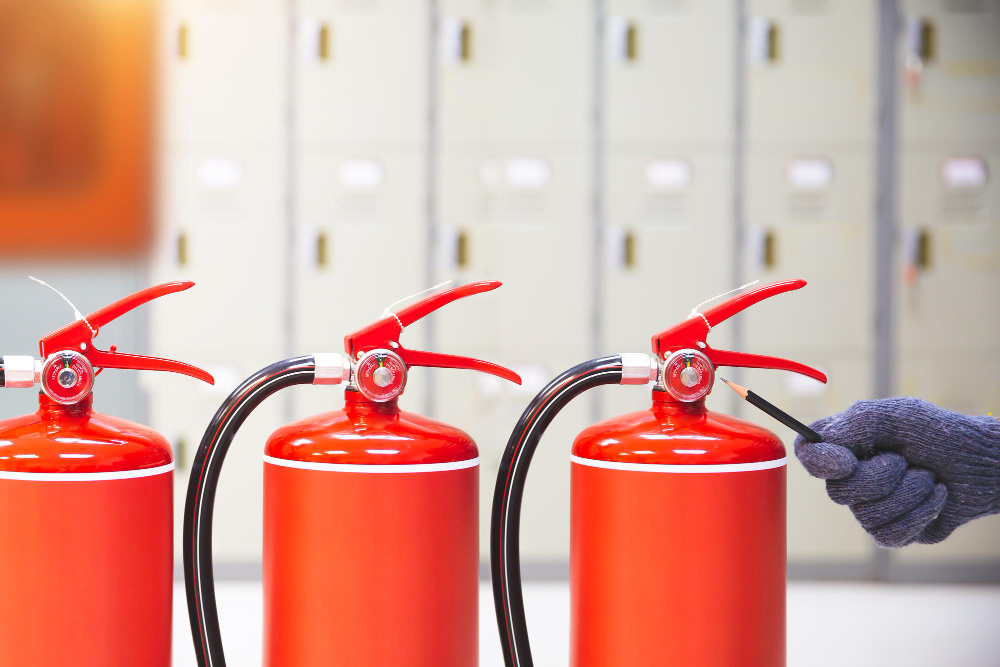Passive fire protection (PFP) is a crucial element in ensuring the safety and resilience of buildings in the event of a fire. Unlike active fire protection systems such as sprinklers or fire extinguishers, passive fire protection works to contain and slow the spread of fire, smoke, and heat within a building. This allows for more time to evacuate occupants and reduces the risk of structural collapse. In this article, we will explore the importance of passive fire protection in building safety and the key components that contribute to its effectiveness.
1. What is Passive Fire Protection?
Passive fire protection refers to the methods and materials integrated into the design and construction of a building to control the spread of fire. It includes fire-resistant walls, floors, doors, and ceilings, as well as firestopping products and fireproof coatings. The goal is to compartmentalize different areas of the building, preventing fire from spreading rapidly and giving first responders enough time to extinguish the fire before it causes significant damage.
2. Slowing the Spread of Fire
One of the primary functions of passive fire protection is to contain a fire to its point of origin. Fire-resistant barriers, such as walls and doors, can prevent fire from spreading to other parts of the building, reducing the potential for widespread damage. Fire compartments are created within the building to contain the fire, giving emergency personnel more time to respond and control the situation. In addition, this containment helps minimize smoke and toxic gas propagation, which are often the leading causes of injury during a fire.
3. Protecting Structural Integrity
Fire can severely weaken a building’s structural integrity, leading to partial or total collapse if not adequately protected. Passive fire protection systems, such as fire-resistant coatings and concrete encasements, help maintain the structural stability of steel and concrete elements during a fire. These protective measures slow down the rate at which materials heat up, allowing for the building to remain standing longer and increasing the chances of a successful evacuation.
4. Enhancing Occupant Safety
One of the main reasons for implementing passive fire protection is to safeguard the lives of building occupants. In an emergency, passive fire protection buys precious time for evacuation by slowing the fire’s progression and reducing the spread of toxic smoke. This extra time is crucial for ensuring that individuals can exit the building safely and that first responders can navigate the structure with less risk.
5. Compliance with Building Codes and Regulations
Building codes and regulations in most countries mandate the use of passive fire protection systems to ensure fire safety. Failure to comply with these regulations can result in significant penalties and, more importantly, can jeopardize the safety of occupants and the structure. Proper installation of passive fire protection elements, such as fire-resistant walls, fire-rated doors, and intumescent coatings, is essential for meeting these standards and providing a safe environment.
6. Fire-Rated Compartments and Barriers
Buildings are often divided into fire-rated compartments using fire-resistant walls, floors, and doors. These barriers are designed to withstand fire for a specific amount of time, typically ranging from 30 minutes to several hours, depending on the material and location. By preventing the fire from spreading between compartments, the building’s overall damage is minimized, and occupants have more time to evacuate.
7. The Role of Firestopping and Fireproofing
Firestopping is the process of sealing gaps and penetrations in walls, floors, and ceilings that could allow fire and smoke to spread. This includes areas where cables, pipes, or ducts pass through fire-rated barriers. Fireproof coatings, such as intumescent paint, are applied to structural elements to provide additional fire resistance. These coatings expand when exposed to high heat, forming a protective layer that slows the spread of flames and heat.
Conclusion
Passive fire protection is a vital component of any building’s fire safety strategy. By compartmentalizing the building and using fire-resistant materials, PFP systems help prevent the rapid spread of fire, protect the structural integrity of the building, and ensure the safety of its occupants. At CMTC, we offer a wide range of passive fire protection solutions tailored to meet the specific needs of each project. Ensuring compliance with fire safety regulations and integrating effective PFP systems are key to safeguarding lives and property.





